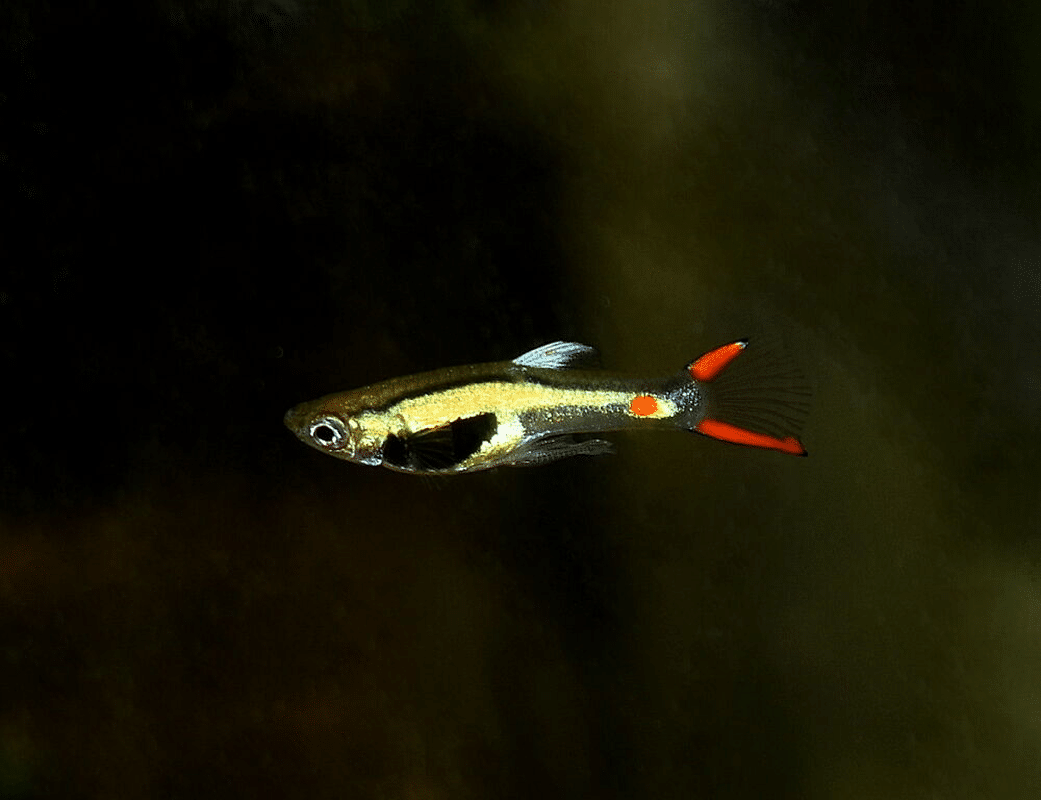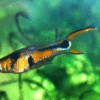To provide the best experiences, we use technologies like cookies to store and/or access device information. Consenting to these technologies will allow us to process data such as browsing behaviour or unique IDs on this site. Not consenting or withdrawing consent, may adversely affect certain features and functions.
The technical storage or access is strictly necessary for the legitimate purpose of enabling the use of a specific service explicitly requested by the subscriber or user, or for the sole purpose of carrying out the transmission of a communication over an electronic communications network.
The technical storage or access is necessary for the legitimate purpose of storing preferences that are not requested by the subscriber or user.
The technical storage or access that is used exclusively for statistical purposes.
The technical storage or access that is used exclusively for anonymous statistical purposes. Without a subpoena, voluntary compliance on the part of your Internet Service Provider, or additional records from a third party, information stored or retrieved for this purpose alone cannot usually be used to identify you.
The technical storage or access is required to create user profiles to send advertising, or to track the user on a website or across several websites for similar marketing purposes.
















Emily Carter (verified owner) –
I recently added 10 fry of Poecilia Wingei ‘Emerald Green’ to my aquarium, and I couldn’t be happier! These little endler guppies are simply stunning with their iridescent colors and vibrant personalities. After just a week in my 20-gallon tank, I’ve noticed them already schooling and exploring their environment, which brings so much life to my aquascape.
What really impressed me was how healthy and active they were upon arrival. They were well-packed and shipped quickly, showing no signs of stress. I’ve kept various freshwater fish before, but the endler guppy stands out due to its playful demeanor and adaptability.
I appreciate that they are also great for small community tanks and are gentle towards other fish. If you’re considering adding some lively characters to your setup, these emerald beauties are a fantastic choice! Just a small note: ensure they have plenty of hiding spots, as they do enjoy some cover. Overall, I highly recommend these for both new and experienced aquarists looking to enhance their tanks. I will definitely be purchasing more in the future!